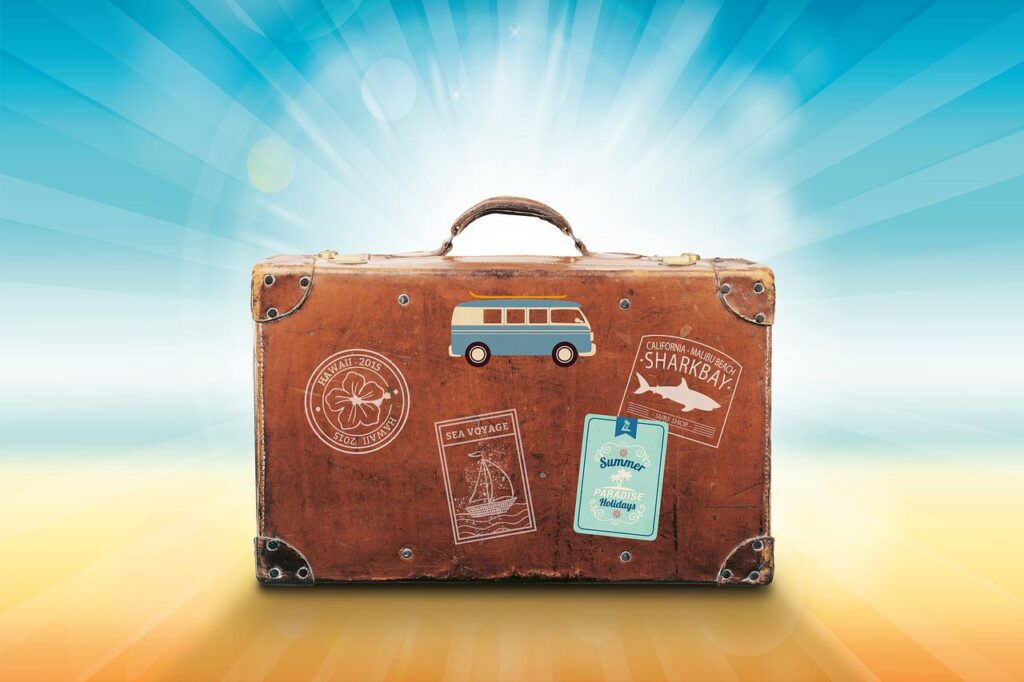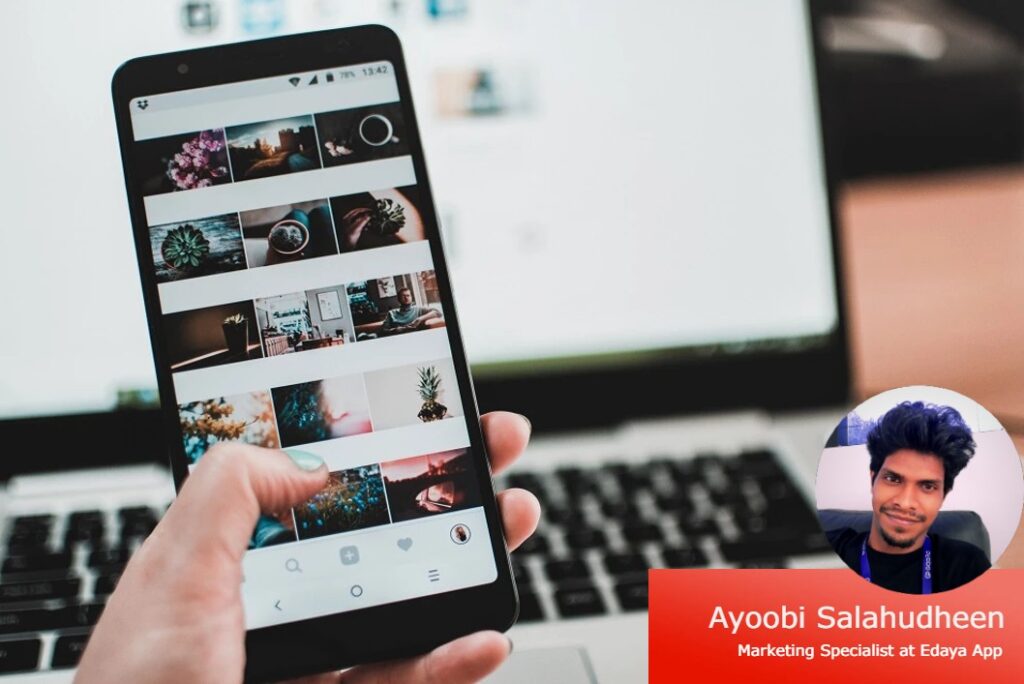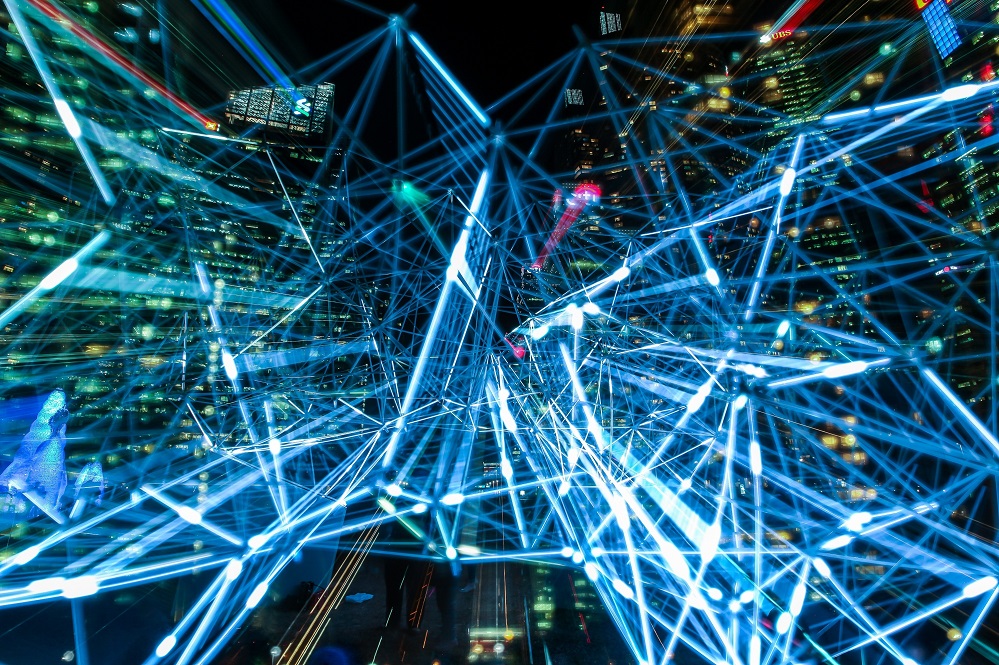What are the most recent patterns in the hospitality sector? It goes without saying that the pandemic, the subsequent economic downturn that was more severe than the 2008 recession, and the instability brought on by demand fluctuations have had a substantial impact on hospitality in 2020 and 2021 – consequences that will undoubtedly endure. Innovative responses to this extraordinary circumstance, such as making attempts to entice customers back into restaurants and bars and reassuring vacationers that it is indeed safe to enjoy a hotel stay, have accelerated current trends in the hospitality industry and managed to bring about long-lasting change.
Hotel Workspace
Remote working is a common practice these days
Many employees now regularly work from home, and this trend is expected to last longer than just the moment. An unprecedented number of well-known businesses, led by major digital players like Twitter, Facebook, and Amazon, have stated that they would take a hybrid or flexible approach to work remotely, a trend that has been driven by the worldwide public health issue. The number of people who are permanently employed remotely was projected to quadruple just in 2021.
This indicates that both locals looking for a change of scenery at business and leisure tourists are using hospitality facilities as temporary workplaces. Hotels and food and beverage establishments have a wonderful chance to profit from the trend and change their menu to appeal to customers.
Enhanced digital guest experiences
Digital and contactless services have gained new momentum nowadays.
Only with the ability to effectively manage many areas of the guest cycle and experience, apps are becoming more and more significant in how hotels manage the services they offer to their clients. It goes without saying that since 2020, the movement toward digital and contactless services has picked up steam. The more common usage of technology-assisted alternatives, such as smartphone check-in, contactless payments, voice control, and biometrics, is transforming traditionally customer-facing services.
Consumers who are accustomed to using facial and fingerprint identification to unlock their smartphones and computers will soon start to anticipate the same simplicity when checking into hotels. Unfortunately, these changes may be expensive to implement and maintain, which is bad news for the places hoping to welcome them. If you want to remain in front of the curve.
Solo Travel
Hassle-free solo travels are the new norm.
Solo travel makes mindful me time tells most of solo travelers.
Surprisingly, taking a solo trip isn’t simply enjoyable. By combining work and play, many travelers have been maximizing their work-from-home arrangement. Many individuals have started hiking alone to remote locations on the fringes of towns because they are tired of the lockdown, unlock, and social distancing rules. They are also enthralled by hills, seaside resorts, wildlife preserves, and secluded locations.
Recently, people of all ages—including many people under 25 and those over 50—have indulged in solo travel. Their expectations are the only thing that differs. The younger generation is more eager to learn about the local culture, but the elder generation is more interested in appreciating Nature, reading a book in a peaceful place, or spending hours in tea or coffee plantations.
The benefits of solo travel have been well-utilized by many female travelers. They go farther on non-work vacations and commute less frequently. Additionally, over the past two years, a number of married women have traveled alone.



